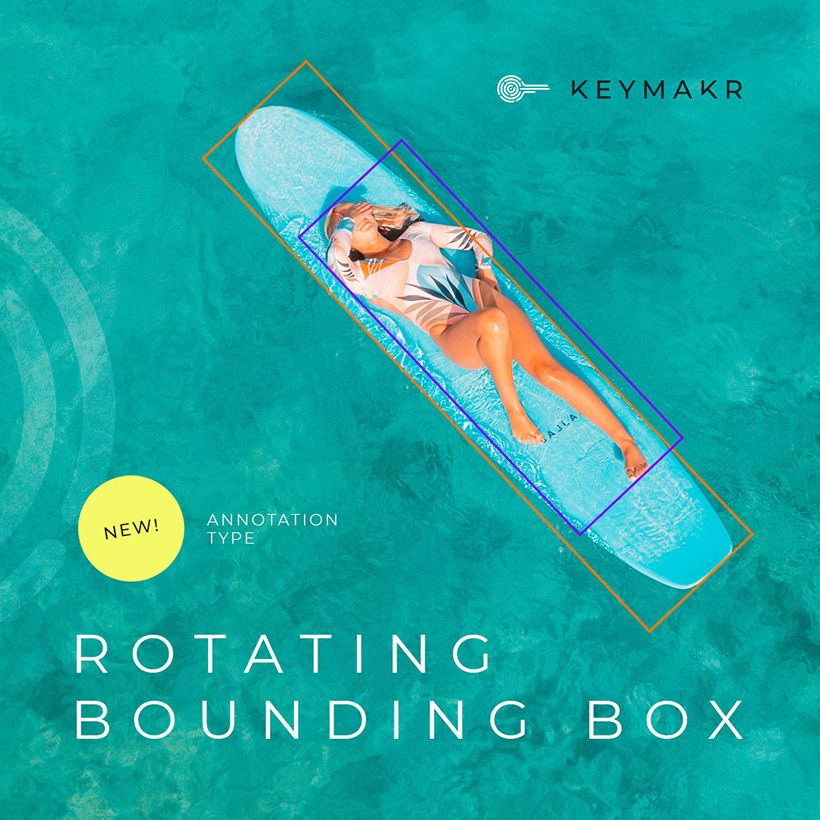5 Industry Use Cases for Rotating Bounding Boxes

Image and video annotation is the bedrock of the computer vision based AI models that are changing the world. By adding information to digital images and video frames annotation gives vital context to training datasets that AI models learn from.
Bounding boxes are the most commonly used annotation technique. Annotators drag a box around a target object or person so that it or they is easily locatable by an AI model. This technique is fast and easy to perform, however, it may not always be the right option. That’s where rotating bounding boxes come in.
In today’s blog we will show how rotating bounding boxes can lead to more accurate annotations. We will then look at potential use cases that rotating bounding boxes support in different industries. And finally, we will identify the ways in which a professional video and image annotation service can make this annotation technique work better for developers.
What are rotating bounding boxes?
Traditional, axis aligned bounding boxes work well for vertical shapes that are facing a camera directly. For example a person standing could be easily captured by a normal bounding box. However, if a shape is oriented away from the camera, if the person is lying down facing away from the camera for example, it can be hard to fit it precisely.
Rotating bounding boxes are designed to be pivoted and placed accurately over a wider variety of things. This means that less of the bounding box is taken up with not targeted object pixels. This annotation technique is making more accurate datasets for a number of AI applications across several industries.

Security
Security AI models need to be able to identify potentially suspicious or dangerous objects in video footage. Often these objects will be positioned in difficult to spot places. Rotating bounding boxes can capture objects like suitcases more accurately, even when they are lying away from the camera.
Robotics
AI models can make robotic assembly lines operate more efficiently and with less supervision. Rotating bounding boxes allow annotators to fit boxes to objects in crowded images of assembly lines.
Livestock management
Livestock management systems need to be able to reliably recognize animals in a range of environments, and lighting and weather conditions. Traditional bounding boxes might not fit an animal that is turned away from the camera or lying down. Rotating bounding boxes give annotators and developers more flexibility.
Waste management
Waste is made up of a wide variety of objects. Waste management AI models need to be able to determine between material types in chaotic landfill environments. More accurate training data, made possible by rotating bounding boxes, will ensure these AI systems perform well.
Drones
Drones can be used to find people in disaster situations or survey fields for agricultural purposes. Rotating bounding boxes result in more accurate training data for each of these applications.

Annotation service advantages
Rotating bounding boxes can make a big difference for model performance. Keymakr is an annotation service provider that offers unique advantages for AI innovators.
- In-house team: Our in-house team of annotators is led by experienced managers. In-house teams can provide a higher level of service and quality compared to crowdsourced annotation or remote workers.
- Annotation platform: Keymakr’s proprietary annotation platform is designed to accelerate annotation. A full suite of annotation tools and unique project management capabilities make it easier to meet deadlines for training datasets.
- Verification: Keymakr employs three layers of human verification in addition to an automated quality control check.
Contact a team member to book your personalized demo today.



